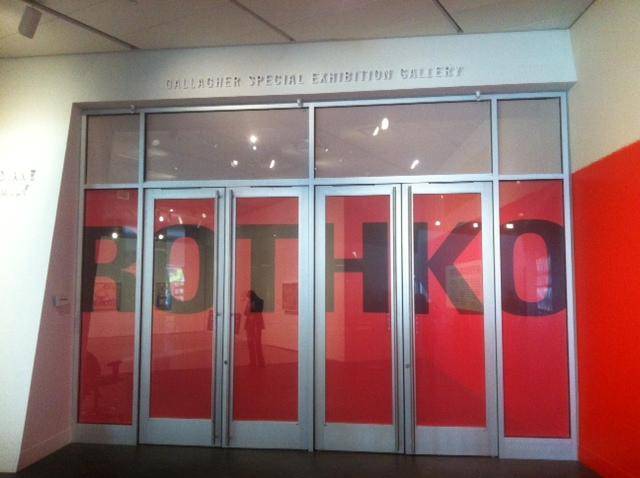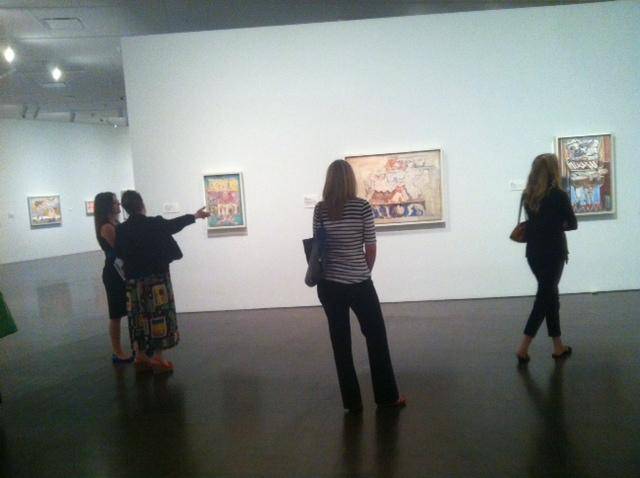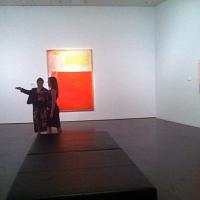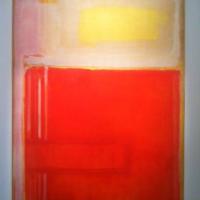Gwen Chanzit, curator of modern and contemporary art, previewed the rare new exhibition Figure to Field: Mark Rothko in the 1940s on June 20th.
This exhibition traces the development of Rothko’s work during the most critical decade of his career. In the early ’40s, Rothko rejected realism and began a series of abstract works meant to evoke classical myth; in the late ’40s he created his first color field paintings, the works on which his stature as one of the most famous American painters of the post-war period rests. The exhibition also includes paintings by other celebrated abstract expressionists such as Robert Motherwell, Clyfford Still, and Jackson Pollock.
DAM staff members shared photos they captured in the exhibition. Take a look to read some quotes we noted from Chanzit and get a preview of the new exhibition on Level 1 of the Hamilton Building.
Figure to Field:Mark Rothko in the 1940s is now on view on Level 1 of the Hamilton Building through September 29th.










